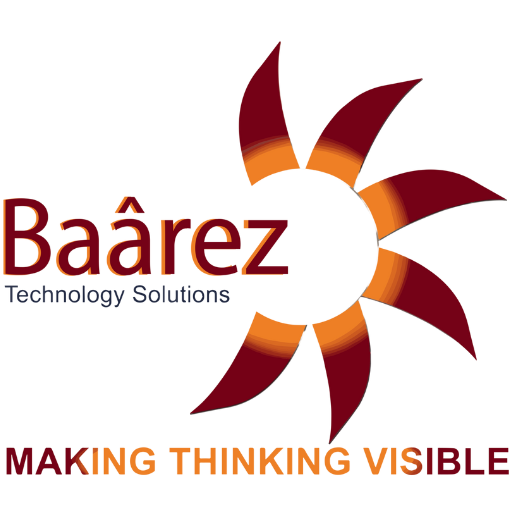
Table of Contents
ToggleHow Does Business Process Automation Work Using RPA?
In today’s competitive business environment, organizations are continually looking for ways to optimize their operations and reduce costs. One way to achieve this is by using Business Process Automation (BPA), which involves automating repetitive tasks and workflows. One popular automation technology is Robotic Process Automation (RPA), which can improve the efficiency and accuracy of various business processes. In this article, we will explore how Business Process Automation works using RPA, including its benefits, use cases, and best practices.
In the current era, businesses aim to automate processes to enhance productivity, cut down costs and errors. Business Process Automation (BPA) is a technology that enables the automation of repetitive tasks and workflows in an organization. Robotic Process Automation (RPA) is a popular technology that can help in Business Process Automation. It uses software bots that mimic human interactions with digital systems, such as entering data into a form, clicking buttons, and performing calculations. Due to its ability to automate tasks quickly and easily, RPA has gained popularity in recent years.
What is Business Process Automation?
Business Process Automation is the use of technology to automate repetitive tasks and workflows within an organization. It can include automating tasks such as data entry, form filling, and report generation. The primary goal of Business Process Automation is to reduce the time and cost required to perform these tasks, along with improving the accuracy and efficiency of processes. In short, BPA helps to streamline business processes, leading to better productivity and cost savings.
Understanding Robotic Process Automation (RPA)
RPA is a technology that uses software bots to automate repetitive and mundane tasks within an organization. These bots are programmed to perform specific tasks, such as entering data into a form, clicking buttons, and performing calculations. RPA bots can work across multiple applications and systems, making them an ideal technology for automating business processes.
How RPA Works
RPA bots work by mimicking human interactions with digital systems. They can perform tasks such as logging in to an application, opening a web page, and entering data into a form. RPA bots can also interact with other systems, such as databases and APIs, to retrieve or input data. The bots are programmed using a visual interface, which allows users to create workflows and tasks without the need for coding. The bots can be trained using machine learning algorithms to become more accurate over time.
Benefits of Using RPA in Business Process Automation
There are several benefits to using RPA in Business Process Automation, including:
- Improved Efficiency: RPA bots can perform tasks faster and more accurately than humans, leading to increased productivity and efficiency. It reduces the time taken for manual tasks, freeing up employees to focus on more critical tasks that require a human touch.
- Cost Savings: By automating repetitive tasks, organizations can reduce the time and cost required to perform these tasks manually. Automation of processes can help cut down on labor costs and boost productivity.
- Improved Accuracy: RPA bots can perform tasks with a high degree of accuracy, reducing the risk of errors and improving the quality of data. This can help organizations make better-informed decisions based on accurate data.


